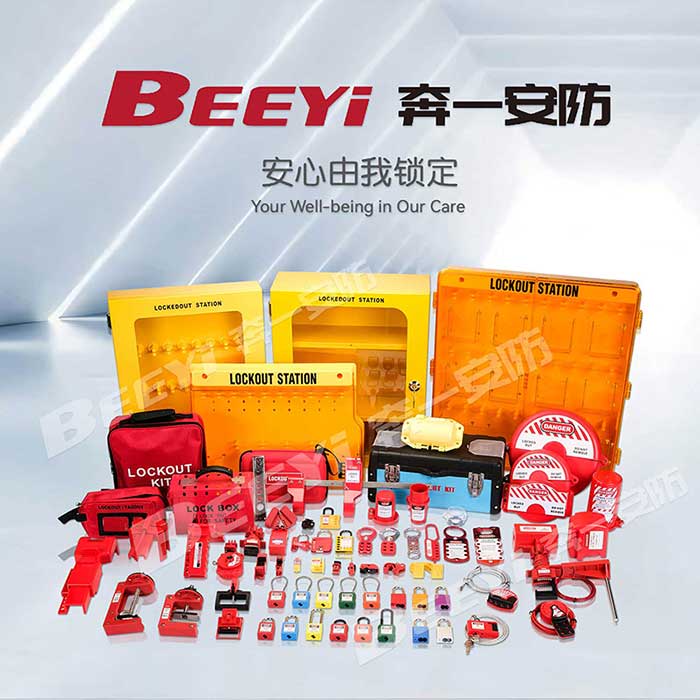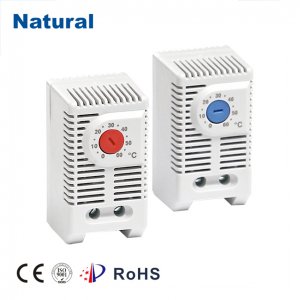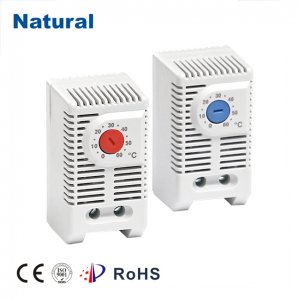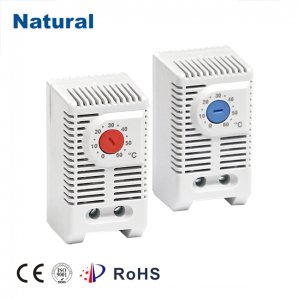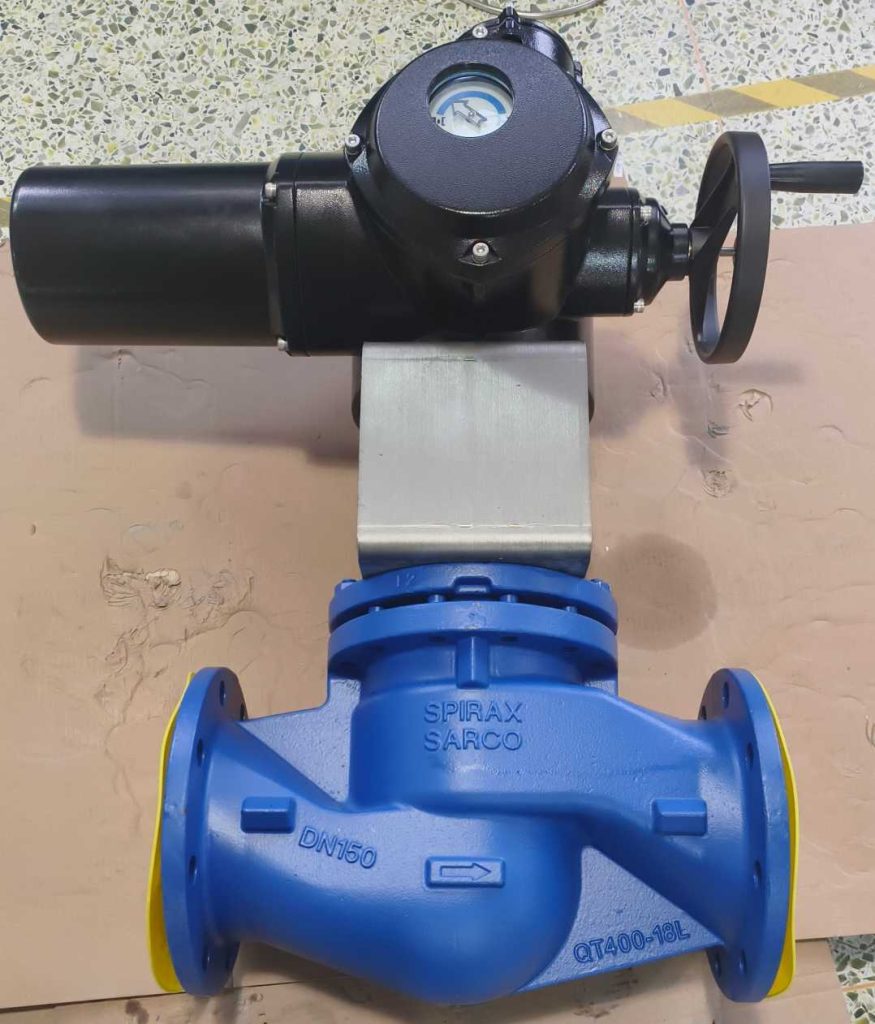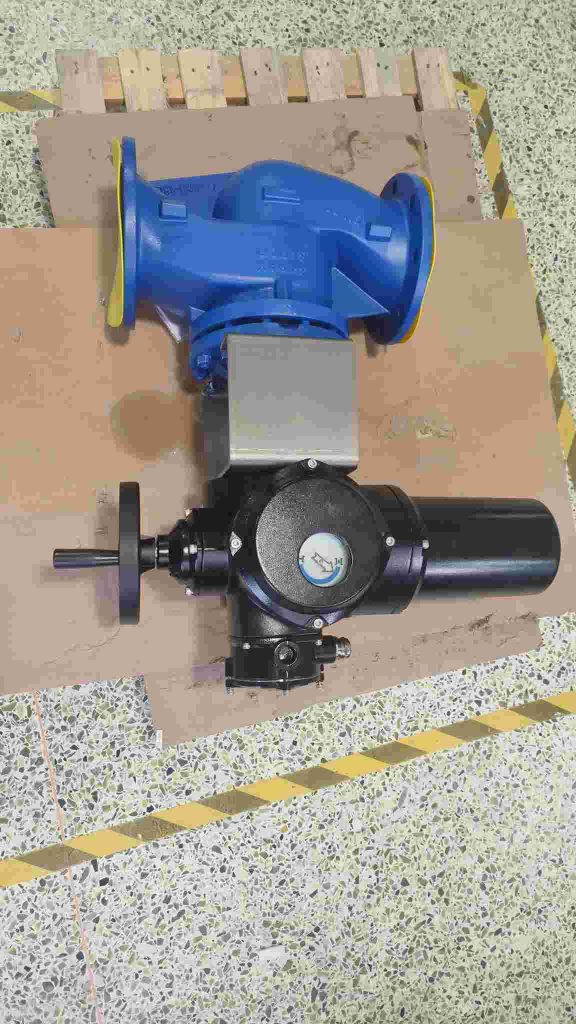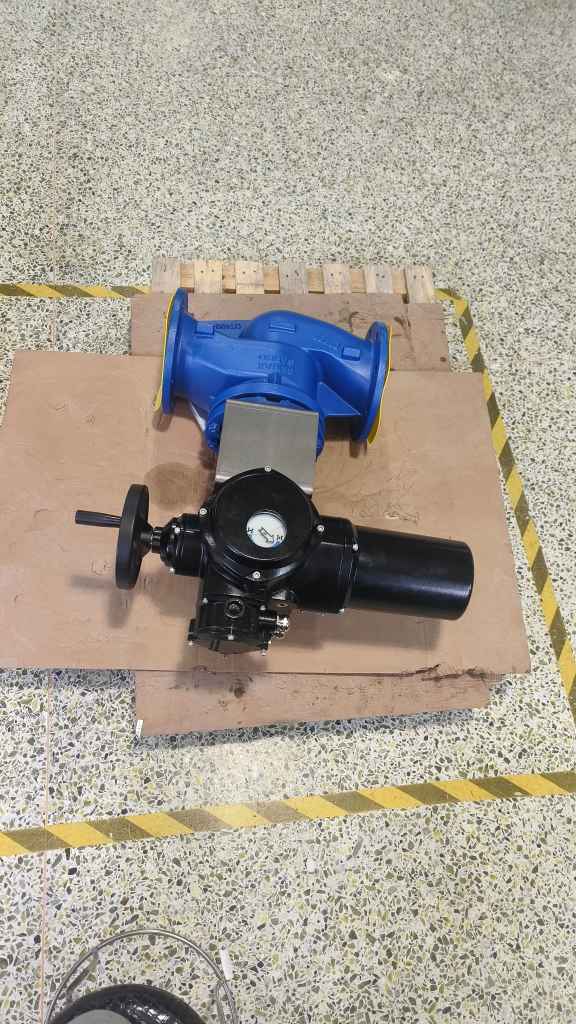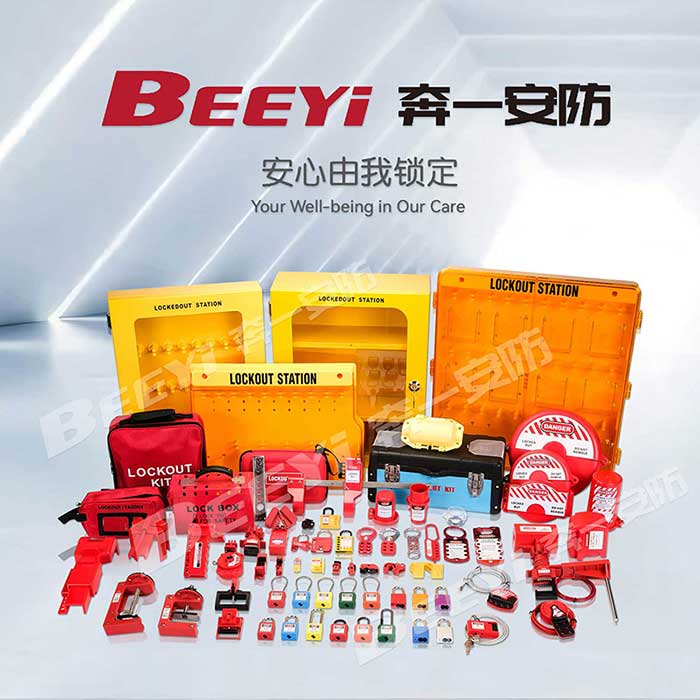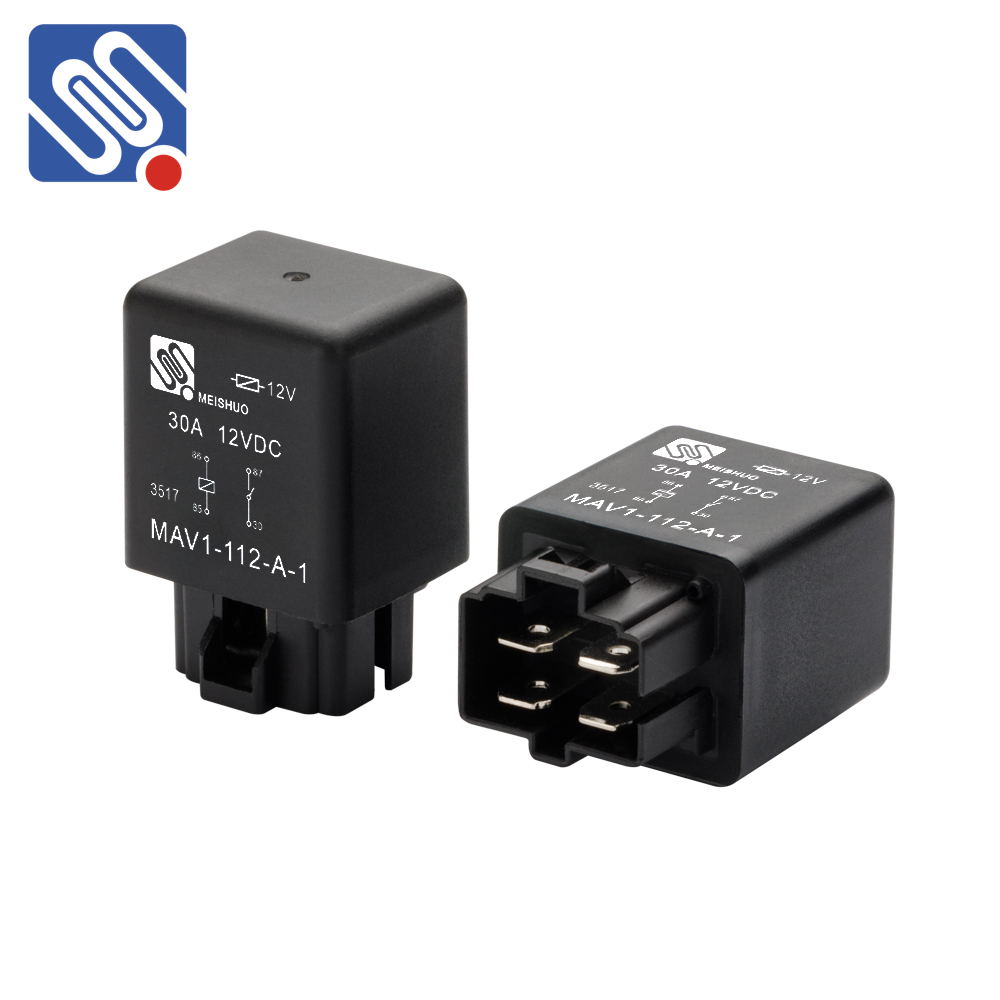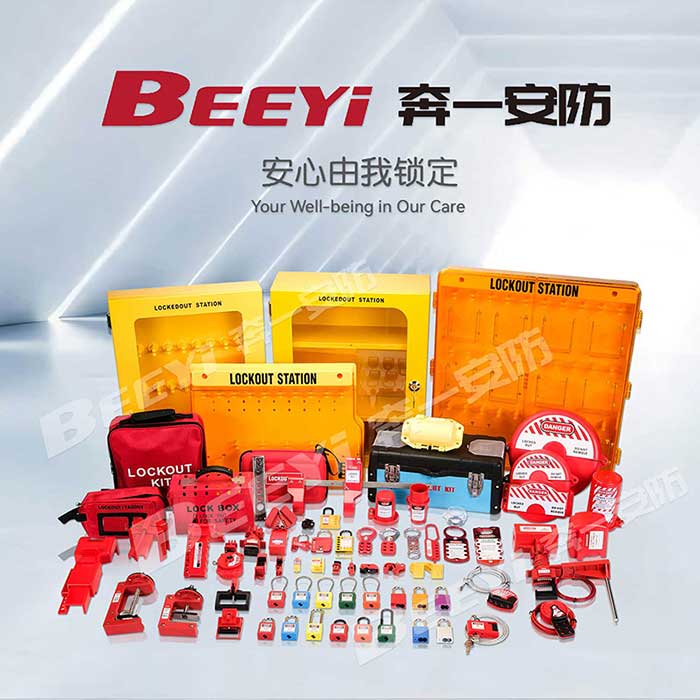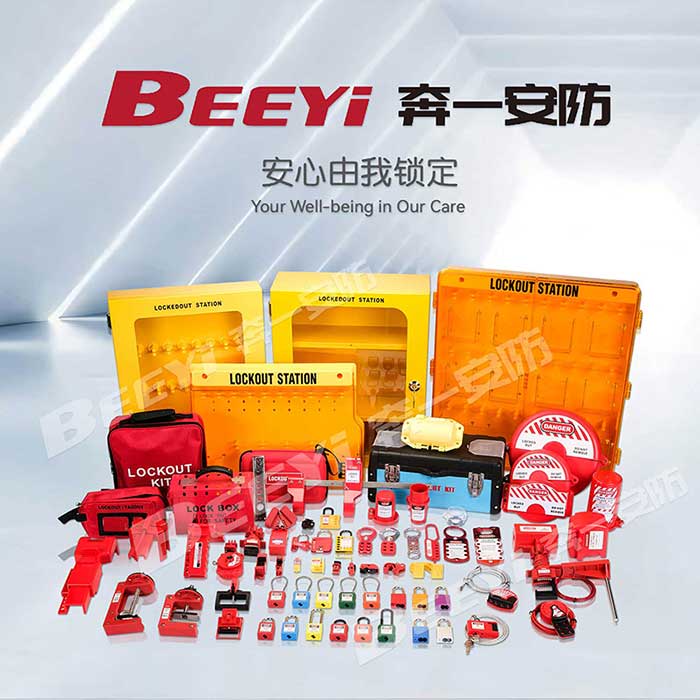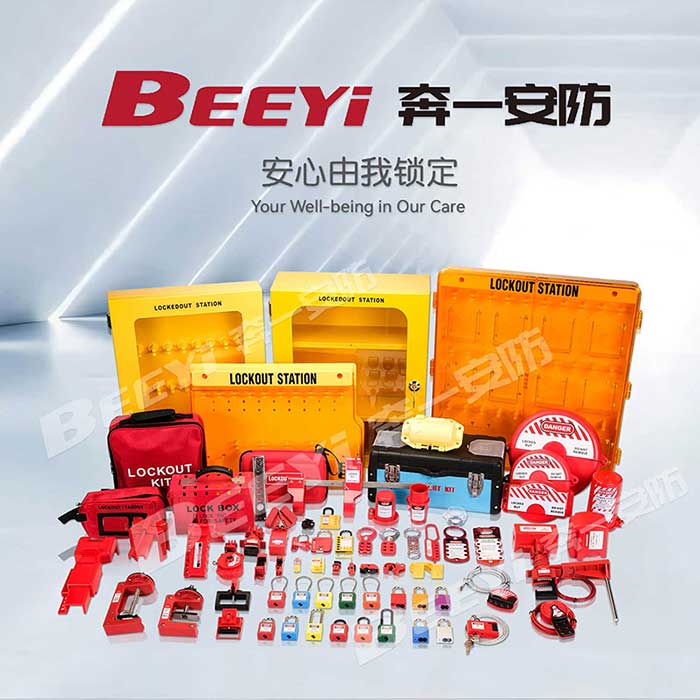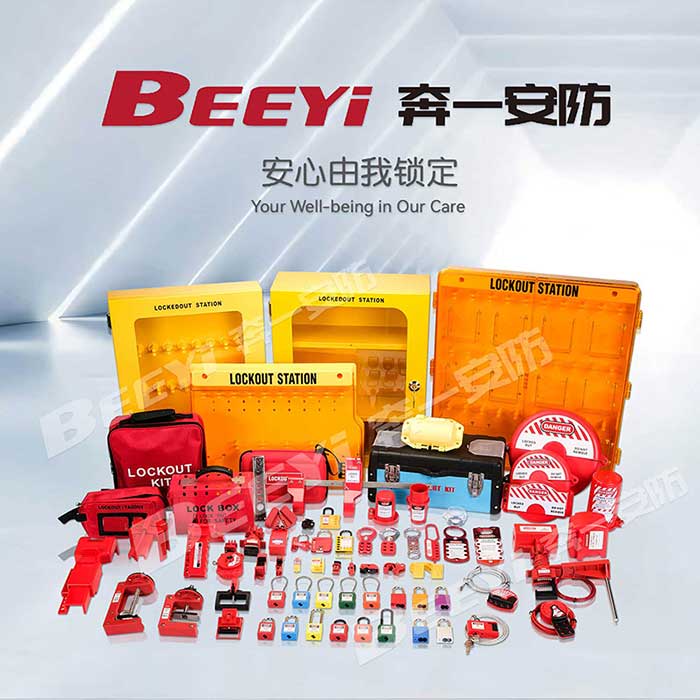In today’s industrial environment, safety is a top priority. One of the most crucial aspects of ensuring worker safety is preventing accidental equipment startups during maintenance or repair. This is where lockout/tag-out (LOTO) procedures come into play, and specifically, lockout hasps are essential tools for this safety protocol. China, as a global manufacturing hub, is home to a wide range of lockout hasps suppliers, offering quality solutions for various industries. This article will explore the role of these suppliers and what to consider when choosing the right lockout hasp for your workplace.

What are Lockout Hasps? A lockout hasp is a safety device used to secure energy-isolating devices in a locked-out position. It is typically used during maintenance or repair of industrial equipment to ensure that the equipment cannot be accidentally energized while workers are servicing it. Lockout hasps allow multiple workers to lock out a single energy source, each with their own padlock, providing a comprehensive method of safeguarding the workers involved. The lockout hasp consists of a metal or plastic body with several holes to accommodate individual locks. The device is placed over the energy-isolating mechanism (like a valve, breaker, or switch) and locked in place. The use of a lockout hasp is crucial for compliance with OSHA standards, which mandate lockout/tag-out procedures for controlling hazardous energy sources.
